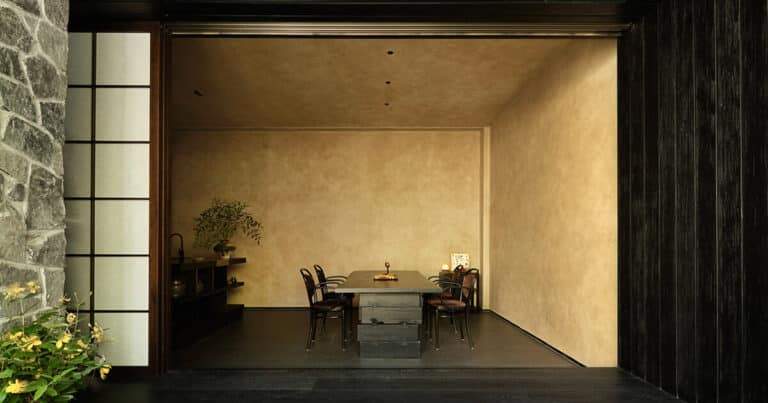What Is Adaptive Reuse Architecture, and Why Should You Care?
Old, abandoned buildings, ranging from warehouses to lighthouses, can be found in many cities and rural areas. Adaptive reuse, a modern architectural method, offers a way to breathe new life into abandoned old structures.
What Is Adaptive Reuse Architecture, and How Does It Work?
Adaptive reuse (i.e. building reuse) in architecture refers to the recycling of an existing structure for a new purpose. For example, converting an old train station into office space, or converting an old windmill into a residence. Adaptive reuse architecture gives old buildings new life by transforming them into something valuable for the community, such as low-income housing, student housing, community centers, or mixed-use creative venues. Adaptive reuse projects are typically handled by commercial real estate developers since they have the financial resources and construction experience needed to properly rehabilitate these properties.
What Is the Importance of Adaptive Reuse?
For a community, adaptive reuse is vital since it:
Keeps the cultural heritage alive.
Adaptive reuse is a type of historic preservation in communities with historic buildings. It revitalizes culturally valuable locations that would otherwise be abandoned/demolished to make way for new structures or parking lots.
Slows urban sprawl.
Builders must often choose land outside of a city center when looking for new construction sites because land within a city usually holds historic buildings or more expensive real estate. This contributes to air pollution and other environmental problems, unsafe traffic patterns, increased infrastructure expenses, and social isolation through the process of “urban sprawl,” a term for the unfettered expansion of urban areas. Adaptive reuse is a viable alternative to urban sprawl.
This function creates a new community beacon.
Adaptive reuse architecture is both useful and frequently stunning. For example, The Tate Modern art gallery in London is housed in a decommissioned energy plant (the Bankside Power Station). Using an adapted strategy, the builders were able to create a one-of-a-kind and stunning art gallery that has become a new cultural landmark in the city.
What Are Some of the Benefits of Adaptive Reuse?
Adaptive reuse is a great choice for a lot of construction projects because it can:
Construction costs are lower.
Adaptive reuse has various substantial financial advantages and cost reductions when compared to standard building projects. On average, adaptive reuse utilizes more work than building materials, and while material costs have risen dramatically in recent decades, labor costs have risen relatively modestly. Adaptive reuse also eliminates all demolition costs, which are frequently high and account for a large amount of a development budget. Local tax incentives and federal historic tax credits for adaptive reuse of buildings help builders repurpose historic structures without breaking the bank.
Speeds up construction.
Building a new structure typically takes far longer than renovating an existing structure. Many sections in an ancient building can be usable with only minor renovations, so owners can open parts of the property for business even if the project is still ongoing.
Popular in the neighborhood.
People like the historical preservation of notable buildings in their neighborhood as well as the creation of new distinctive landmarks, therefore creative adaptive reuse projects are a very popular alternative within communities. If you’re a business builder, repurposing an older structure; whether it’s a restaurant, an apartment complex, or a shopping mall, can be a major aspect in attracting customers.
What Is Adaptive Reuse and How Does It Work?
Here are the general measures to take whether you’re an aspiring homeowner looking at an unusual structure or a business constructor wanting to transform an old historic landmark into something new:
1. Examine the structure.
Engage a professional to evaluate the old structure to see if it’s suitable for adaptive reuse. It may be tempting to save money by skipping a formal analysis, but pressing forward with an adaptive reuse project without properly assessing the building might result in exorbitant hidden expenses and potentially dangerous workplaces if the structure isn’t sound. In addition to the assessment, you should look into local zoning restrictions to see if your plan is feasible.
2. Take a look around the area.
You should study the environment around your location when deciding whether the building fits your project or not. Will the type of building you’re developing pique the community’s interest? Before approving the project, think about pedestrian patterns, transportation choices, and the adjacent residences and businesses.
3. Establish a budget.
While adaptive reuse is less expensive than new construction, it can still be costly. You’ll need to have a contractor estimate the cost of your job, and then you’ll be able to see if those charges are in line with your ideal budget.
4. Choose the right people for the job.
Adaptive reuse is not a do-it-yourself project; you require professionals to work on all aspects of the project. A restoration project requires the services of a restoration contractor and a design specialist. If your project involves a historic structure, you should consult a historic conservation consultant or the local preservation office to see if any of your improvements may jeopardize the structure’s historical integrity.
5. Make a strategy.
It’s time to make the official plans with your crew. Determine which features, from the doors to the windows to the walls, you’ll reuse or replace during the planning process. Every part that can be reused is utilized in the greatest adaptive reuse projects to respect the building’s historic features. Consult the building’s repair history throughout the design phase to see whether areas have recently been repaired or are constantly deteriorating.
6. Begin the construction process.
It’s time to start building after you finalize the plans. When working on an ancient structure, it’s critical to take extra precautions to avoid damaging or destroying any potentially useful items. Avoid using aggressive surface treatments or random demolition techniques since they can permanently damage elements of the structure that you want to be evident in the end project.
Read more on INJ Architects:
https://injarch.com/warning-signs-indicating-that-buildings-are-about-to-collapse/
https://injarch.com/shared-workspaces-vs-coworking-spaces/
https://injarch.com/what-environmental-factors-are-important-considerations-for-buildings/







